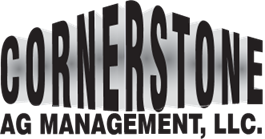High Production Costs Could Weigh on the Ag Economy Through 2024, New Survey of Economists Finds
The Ag Economists’ Monthly Monitor unveils helpful insights on the state of U.S. agriculture. Economists forecast a downward trend in the financial health of the sector, driven by high production costs, global competition, and more. With wide-ranging views on 2023 crop yields and commodity prices, the survey reveals a mixed outlook on livestock and a watchful eye on potential recession threats:
“Main Takeaways from the June Survey
Highlights from the first Ag Economists’ Monthly Monitor include:
- The perceived financial health of U.S. agriculture is trending lower and is expected to continue to decline over the next 12 months.
- Production costs, global competition, geopolitical risks, drought and demand headwinds are among the main drivers.
- The majority of agricultural economists expect farm income to drift lower, with some expecting levels to land closer to the five-year average in 2024.
- High production expenses are the biggest obstacle in 2023.
- 2023 crop yield estimates vary widely among the economists surveyed.
- Economists expect crop prices to drift lower in 2023 and 2024.
- Beef cow supplies are forecast to continue to decline this year.
A Current and Future Snapshot of the Agriculture Economy
The monitor shows the perceived financial health of U.S. agriculture has moved slightly lower over the past year, and economists expect that trend to continue over the next 12 months.”











